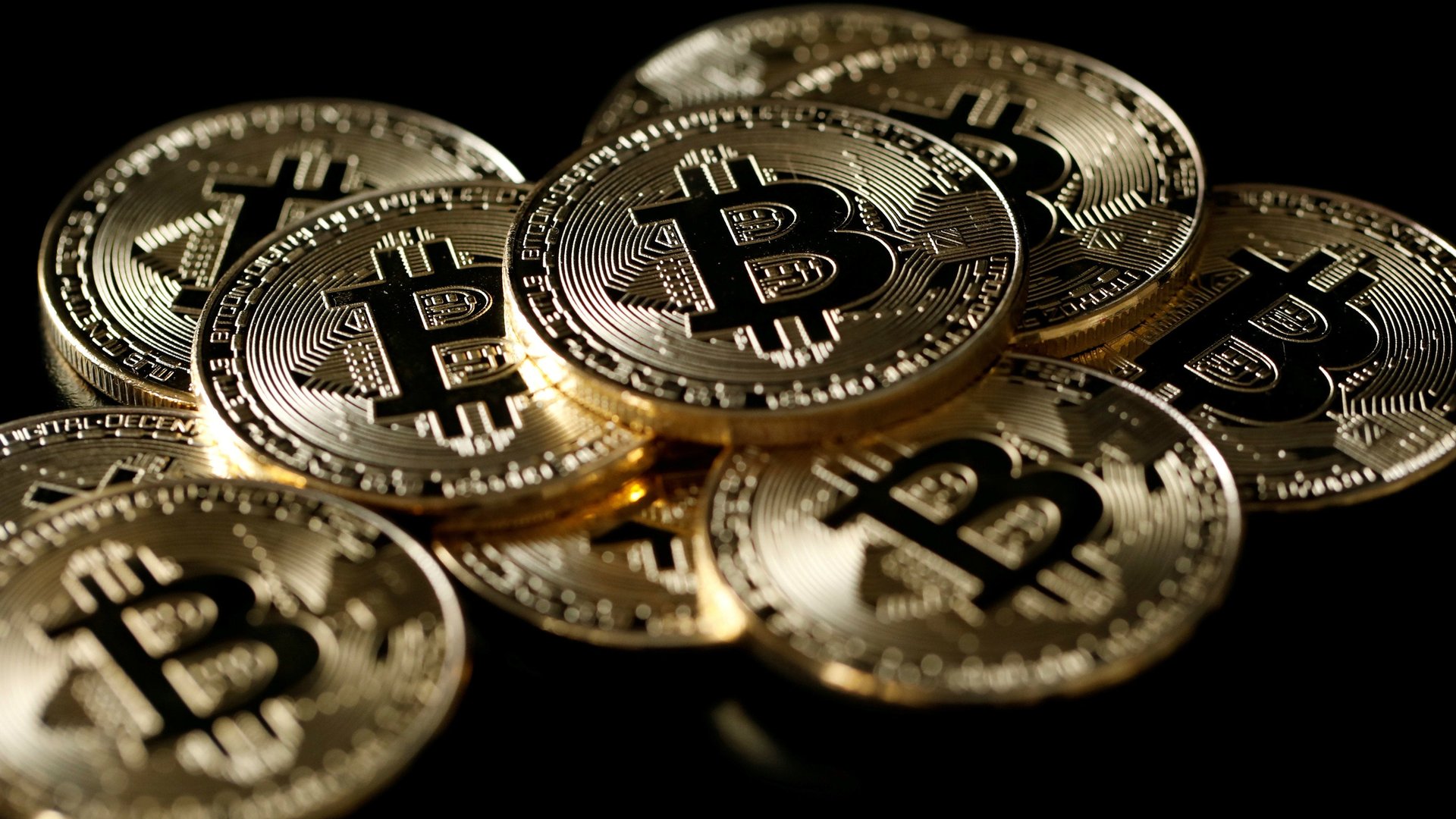Ten years later, what has bitcoin achieved?
Ten years ago today (Oct. 31), Satoshi Nakamoto posted a white paper on a cryptography mailing list, outlining the plan for “Bitcoin: A Peer-to-Peer Electronic Cash System.” In the decade since this seminal work, bitcoin has spawned a sprawling cryptocurrency industry, attracted billions of dollars from speculators, and raised fundamental questions about financial privacy and freedom. It also inspired blockchain hype, the results of which we are yet to see.


Ten years ago today (Oct. 31), Satoshi Nakamoto posted a white paper on a cryptography mailing list, outlining the plan for “Bitcoin: A Peer-to-Peer Electronic Cash System.” In the decade since this seminal work, bitcoin has spawned a sprawling cryptocurrency industry, attracted billions of dollars from speculators, and raised fundamental questions about financial privacy and freedom. It also inspired blockchain hype, the results of which we are yet to see.
Was any of this actually in the paper?
Bitcoin
The truth is, for all the excitement, bitcoin today barely resembles the digital currency system that Nakamoto conjured up shortly after the 2008 financial crisis. Instead of a peer-to-peer (P2P) system of exchange, a huge proportion of crypto asset purchases—and holdings—take place through intermediate financial institutions, otherwise known as cryptocurrency exchanges.
This is hardly revolutionary. Even if transactions ultimately are recorded on a distributed network, if a broker performs orders for you and keeps custody of your private keys, then you are decidedly not in control of your own assets (for better or worse).
The reality of the crypto economy is, in many ways, in direct opposition to the P2P spirit of the bitcoin white paper. That’s not really Nakamoto’s fault, but mostly a matter of consumer preferences. If a person wants an easy-to-use interface and a cheery customer service department, a decentralized cryptocurrency network can’t provide it, but an exchange can. If a person is afraid of losing their private key, a cryptocurrency network won’t be of any help, but a custodial exchange will step in to allay those fears.
It’s a matter of convenience, and perhaps practicality, but it also raises the question: What’s the point? Did bitcoin just prove that society trusts financial institutions after all? The cryptocurrency industry hasn’t really delivered viable alternatives, and in the rare cases that it has—for example, with “decentralized exchanges”—the lack of user adoption is telling.
Bitcoin is revolutionary, in theory. As the world becomes more digital, our lives are becoming less private and more closely surveilled by corporations, governments, and even criminals. Bitcoin represents a resistance to those interests. The idea of a distributed, stateless currency also challenges the fundamental tenets of central banking. If there were another global financial crisis, then a non-state electronic asset could appeal as a more widely adopted medium of exchange. Maybe.
That said, bitcoin has at least one successful application. Thanks to the original digital currency, controversial groups like WikiLeaks have a way to keep donations and funding flowing outside the regular financial system. Bitcoin isn’t entirely user-friendly, or even impervious to surveillance, but its availability makes it harder for governments to stamp out ideas and organizations they don’t like.
That may not be a trillion-dollar business opportunity, but perhaps in some ways bitcoin has found its niche.
Blockchain
Although bitcoin has morphed into something very different from its original design, it remains to be seen whether “distributed trust” networks become viable at all. It’s become a trope for people to say that they “believe in blockchain, but not bitcoin.” This often reveals that a person knows little about either, and the 10-year anniversary of bitcoin’s white paper is a good time to re-air this complaint.
While it’s thrilling for entrepreneurs to raise money through initial coin offerings, the blockchain world is still missing actual products and services—and, er, users. Blockchain-based applications face many of the same challenges that bitcoin does, namely speed, user experience, and perhaps economics.
With a decade of bitcoin under our belt, the future is still foggy. Many cryptocurrencies continue to grow in increasingly intermediated manners and, for now, blockchain’s promises remain mostly unfulfilled. Will we be able to say anything different 10 years from now?